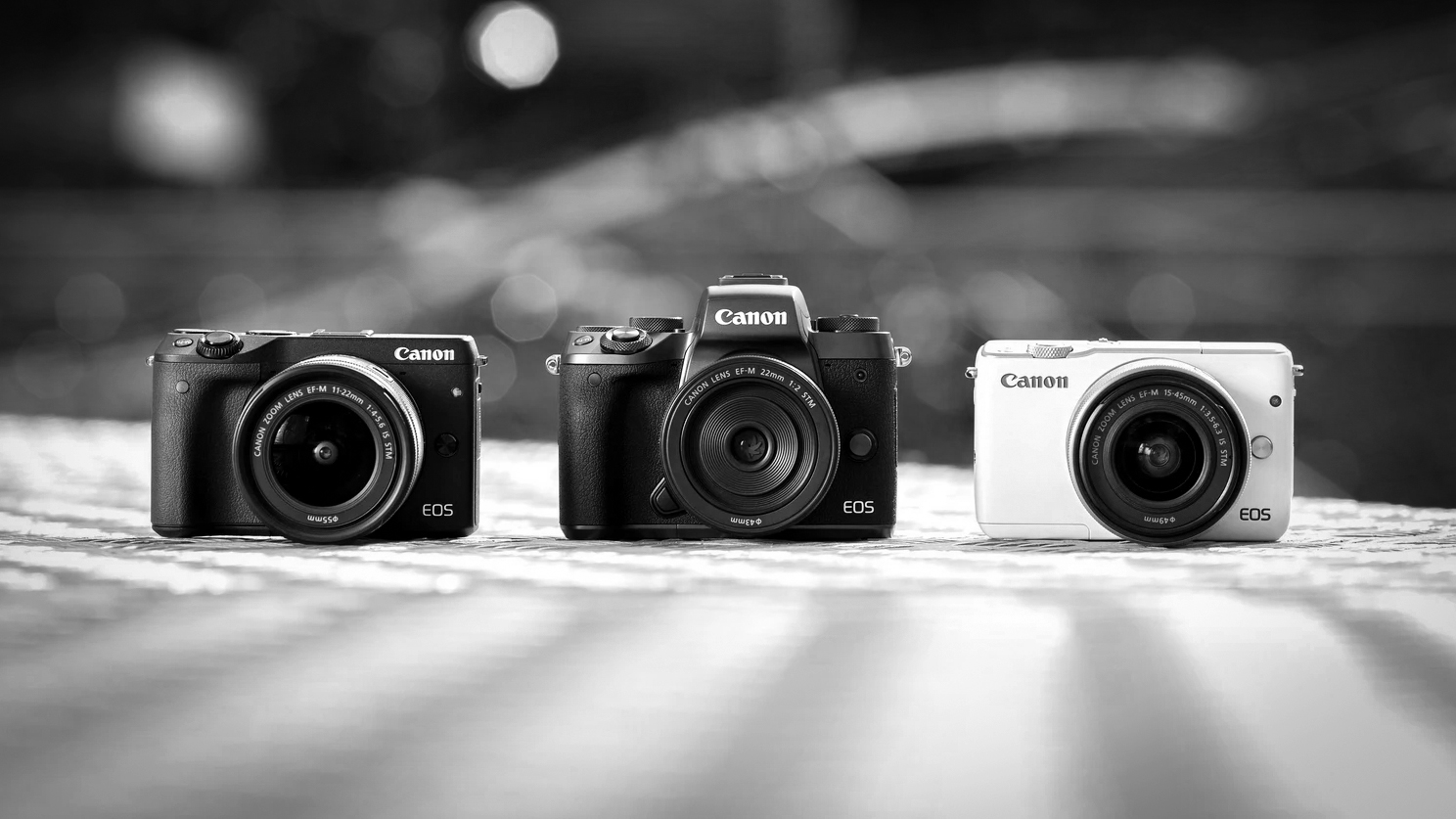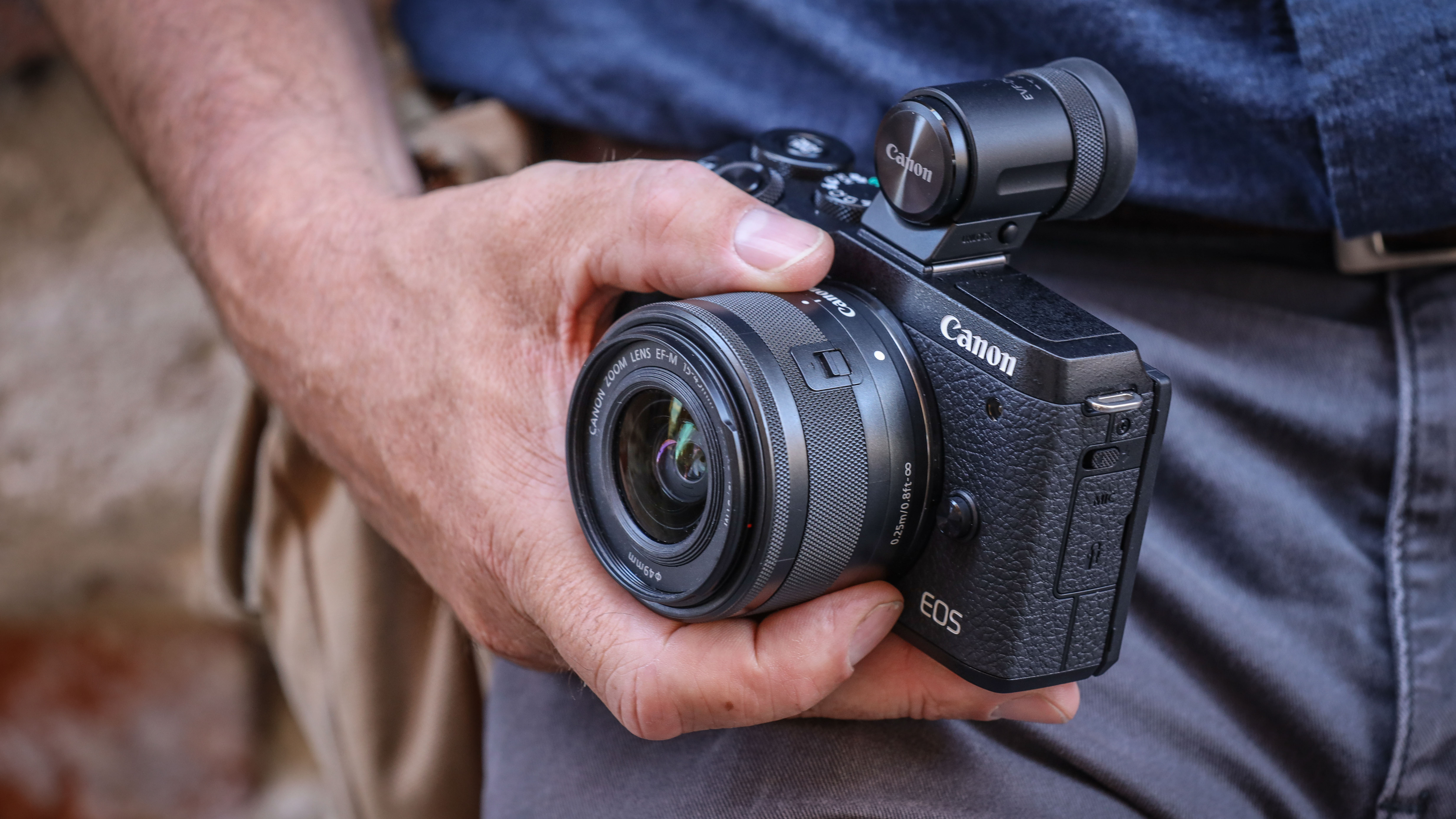I miss Canon’s tiny EOS M cameras, and seemingly, so does Instagram
With Canon's EOS M cameras increasingly popular on Instagram discover, did they get axed too soon?

Perhaps unsurprisingly when my day job is writing about cameras and my hobbies are taking pictures with cameras – my discover page on Instagram is quite camera-centric. This means that I am fed a constant stream of which cameras the influencers of the world are pushing this week (yes, it changes a lot). And this week I have noticed Canon’s little EOS M cameras popping up much more frequently. Although, shed a tear, the EOS M series is no more – however, with tiny but capable cameras making a serious comeback, did Canon kill off the series too soon?
Well yes – if you are asking me. As a self-confessed Canon fanboy throughout the 2010s, I bought quite a few EOS M cameras. These included the awesome metal-bodied original EOS M, through to the EOS M3, and finally an EOS M5. I am not going to claim Canon’s EOS M series got a flawless report card, but even a Canon camera with a few faults is still a damn good camera. For its pocket-friendly size, the Canon EOS M6 Mark II was a monster with a 32.5MP sensor, 4K video, Dual Pixel AF, and a 30fps RAW burst mode.

It's hard to predict camera trends – the first wave of mirrorless cameras kicked off with tiny Micro Four Thirds models, and it was not long before Canon jumped in with its first EOS M camera, as did Nikon with its similar Nikon 1 series. But design soon gave way to a full-frame frenzy with Sony’s A7 cameras capturing headlines and hearts – those small MTF cameras became much bigger MTF cameras, and even tiny camera pioneer Panasonic shifted gears towards full-frame. All of which led to the Canon launching the EOS R series we have today.
With perhaps the exception of Fujifilm who has doggedly stuck to the smaller APS-C format and is now reaping the rewards, I don’t think many people saw compact and small cameras being quite so resurgent in the last year or so. Whether it is a backlash against the amount of AI in today's phone cameras, or just an excuse to slow down and think more carefully about the photos you want to take I can’t tell you, but everyone wants a point-and-shoot camera in their pocket again.

Canon officially discontinued the EOS M series in October 2023 – four years after the release of the EOS M200, which unwittingly would become its last EOS M camera. Canon has since followed up with its RF-S mount cameras, which are the closest spiritual successor the the M series, but to put it kindly, are underwhelming in design compared to the EOS M series, and don’t come close to their compactness.
I’d argue the world’s largest camera brand is now left without a series of cameras to perfectly fill this growing niche. Canon’s last surviving pro compact, the Canon G7 X Mark III, is an option, but compared to the M series, it doesn’t have the interchangeable lens flexibility and is limited by its 1-inch sensor for low light and equivalent aperture.
I don’t know what Canon has up its sleeve for the future, but less than a year after officially discontinuing the line, I can’t see Canon bringing back its EOS M cameras. Yet that doesn’t mean I am not still going to miss them, and I will join the EOS M fans of Instagram and agree that Canon killed off the series just a bit too soon.
Get the Digital Camera World Newsletter
The best camera deals, reviews, product advice, and unmissable photography news, direct to your inbox!
See our guide to the best Canon EF-M lenses

Gareth is a photographer based in London, working as a freelance photographer and videographer for the past several years, having the privilege to shoot for some household names. With work focusing on fashion, portrait and lifestyle content creation, he has developed a range of skills covering everything from editorial shoots to social media videos. Outside of work, he has a personal passion for travel and nature photography, with a devotion to sustainability and environmental causes.
